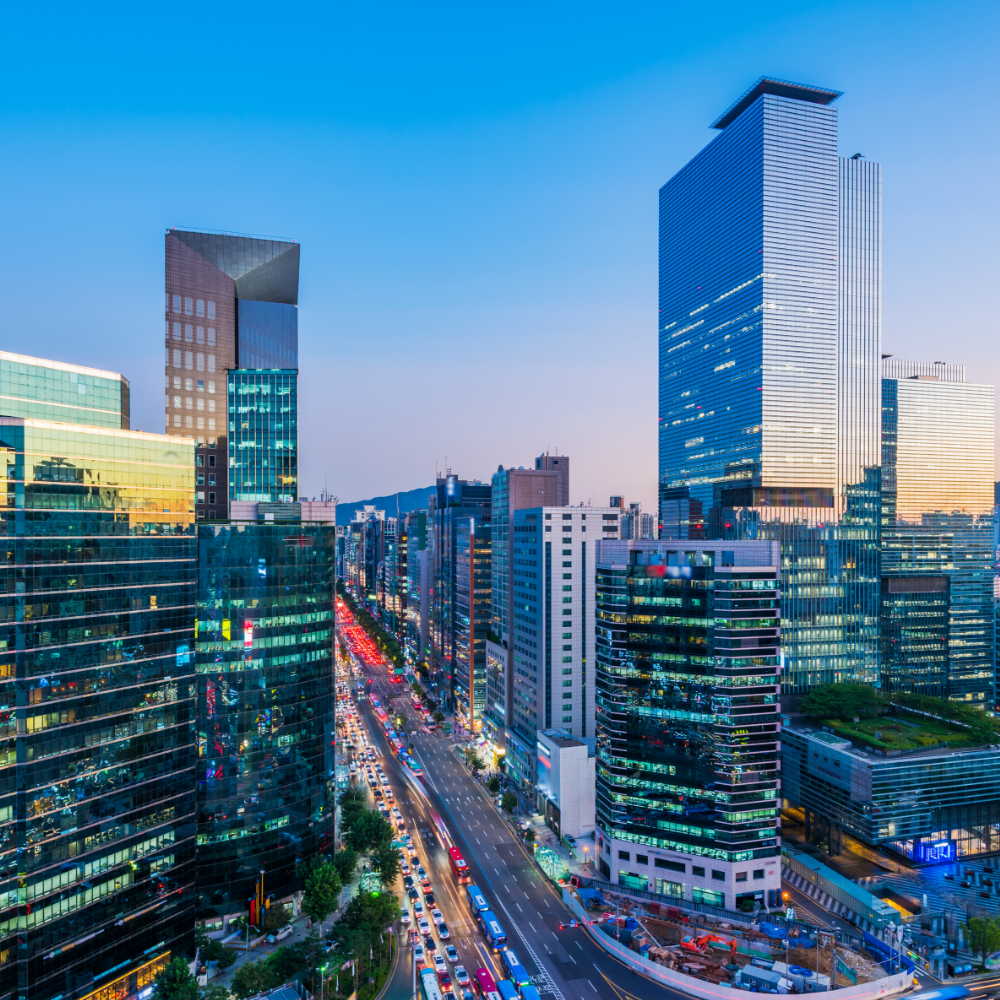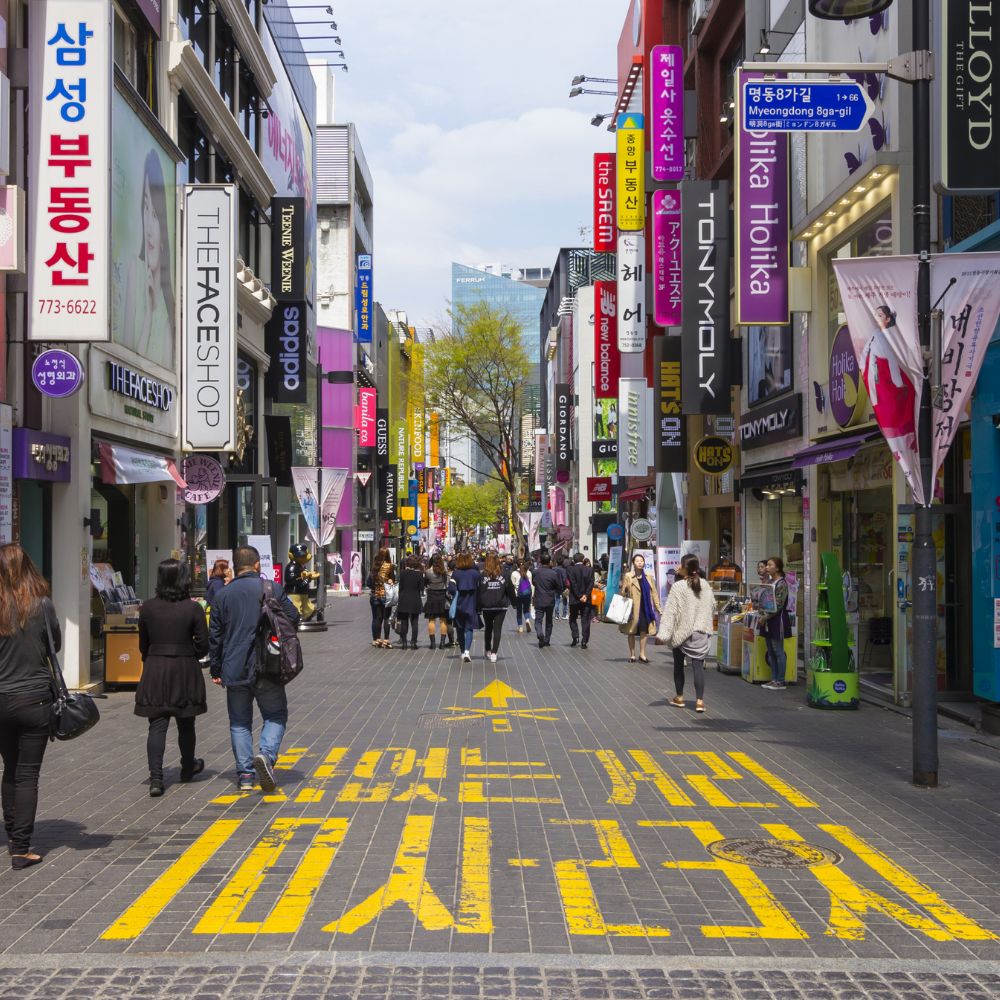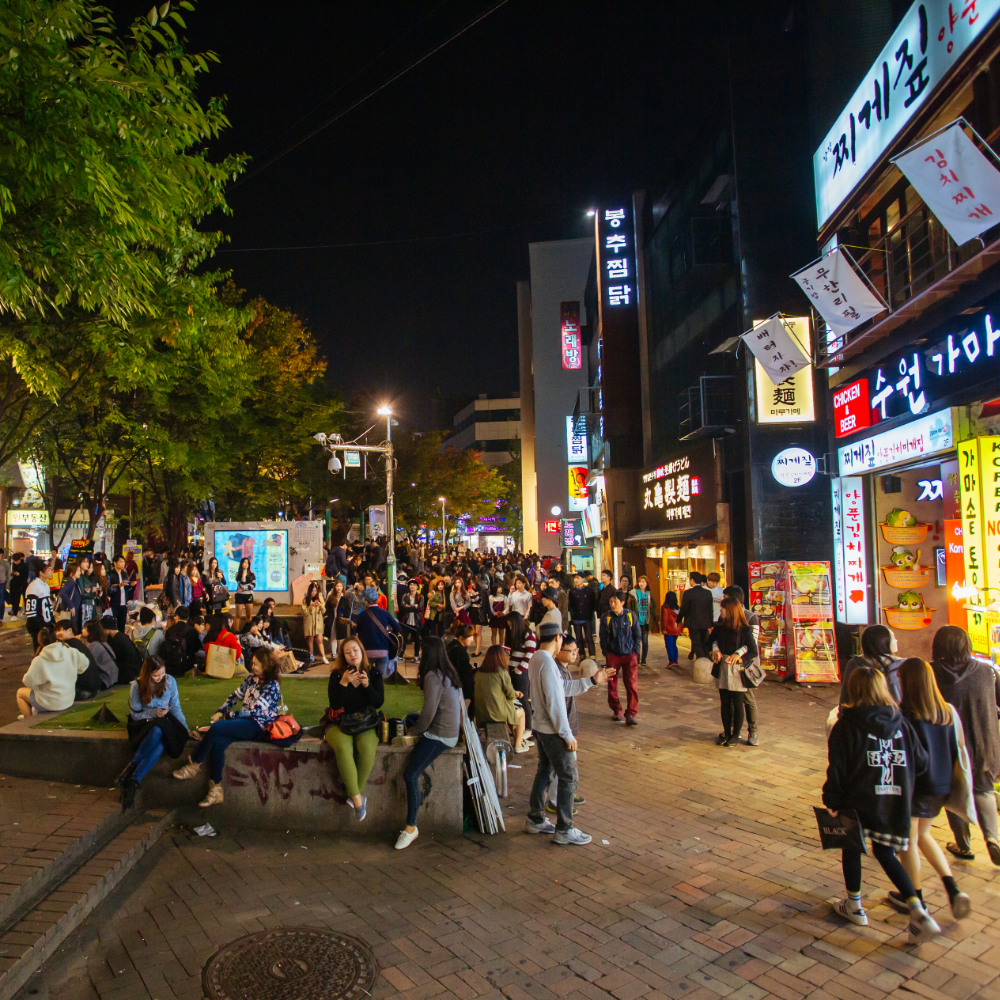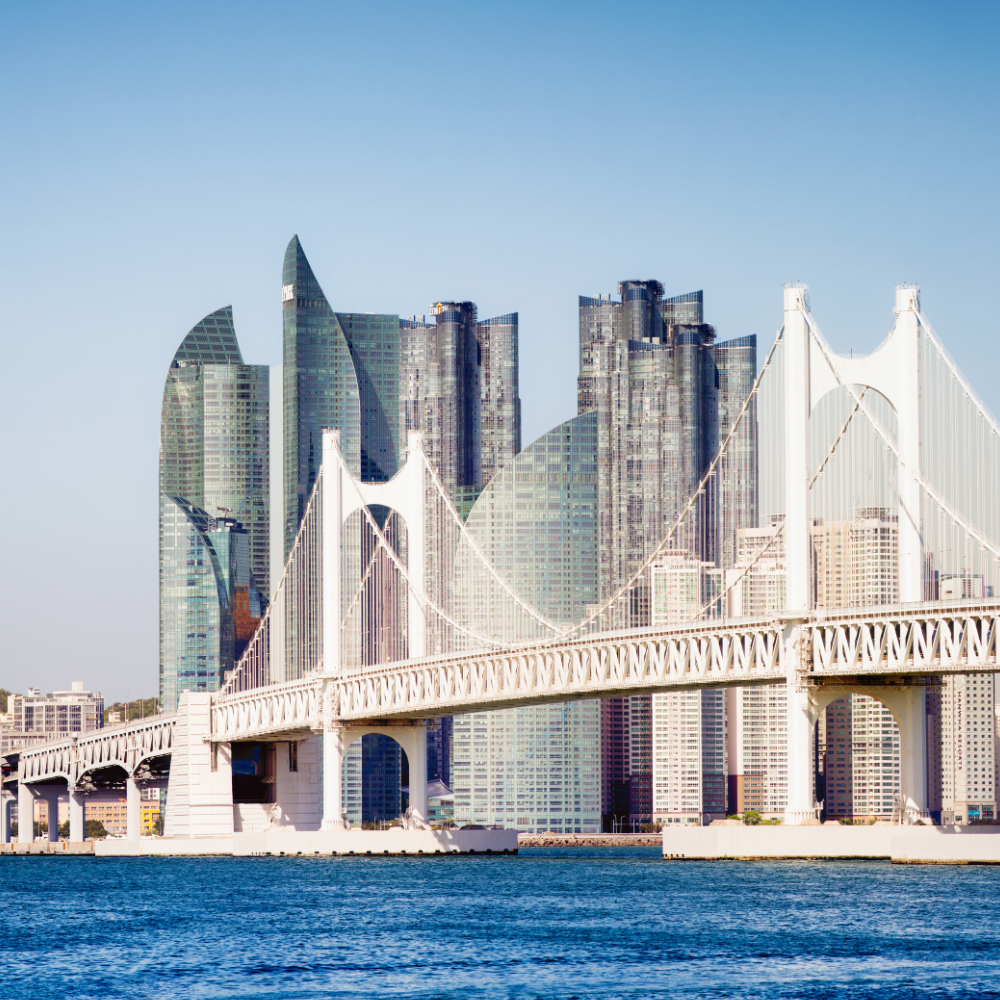Exploring Korea's DMZ: Where History, Nature, and Tension Meet
The Korean Demilitarized Zone (DMZ) isn't just a military buffer — it's a symbol of division, resilience, and surprising biodiversity. Discover what makes this restricted region a must-visit destination for history buffs and curious travelers alike.

What Is the DMZ?
The Korean Demilitarized Zone is a 250-kilometer-long, 4-kilometer-wide buffer zone that separates North and South Korea. Created as part of the 1953 armistice agreement, it's one of the most heavily guarded borders in the world — but paradoxically, it remains a place where time stands still.

Visiting the DMZ: What You’ll See
Tours to the DMZ often include stops at significant sites such as the Third Infiltration Tunnel, Dora Observatory, Dorasan Station, and the Joint Security Area (JSA) at Panmunjom. Visitors can peer into North Korea through telescopes and even stand feet away from the border line.

Wildlife and Ecology in the DMZ
Because human activity is strictly limited in the DMZ, it has become a haven for wildlife. Rare species like the red-crowned crane, Asiatic black bear, and Amur leopard are reported to inhabit the area. It's a unique case where nature flourishes in the absence of people.

Planning Your Trip to the DMZ
DMZ tours require advance booking and passport verification. Most tours depart from Seoul and take half a day to a full day. Wear comfortable shoes, follow security protocols, and be prepared for a unique emotional experience.

Dr. Beau's Note
Visiting the DMZ isn't just about taking photos — it's about feeling the weight of history and understanding the tension that still defines the Korean Peninsula. Yet, amid the wire fences and watchtowers, there’s life — both human and wild — holding onto hope.











